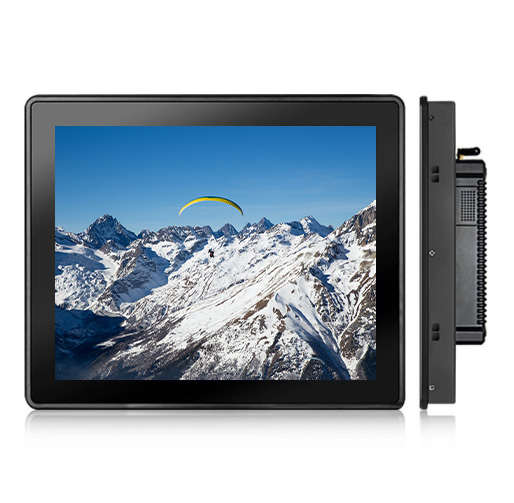Industrial display, from its literal meaning, it is easy to know that it is a display used in industrial scenarios.
Commercial monitors are often used in work and daily life, but many people do not know much about industrial monitors. Let's share this knowledge with you, and see what industrial monitors and ordinary commercial monitors have the difference.
Development background of industrial displays.
Industrial monitors have high requirements on the working environment. If ordinary commercial monitors are used in industrial environments, the life of the monitors will be greatly shortened, and there will be frequent failures before the expiration date. This is a problem for manufacturers with high requirements on monitor stability. unacceptable. Therefore, the market has the demand for displays specially used in industrial scenarios, and industrial displays that meet the needs of the market. It has good sealing performance and good dustproof effect; it can well shield signal interference, so as not to be disturbed by other It does not interfere with the equipment and does not interfere with the work of other equipment. At the same time, it has the characteristics of good shock resistance, waterproof performance, and long-term operation.
The following are the specific differences between
industrial monitors and ordinary monitors:
1. Different shell designs: Industrial monitors are designed with metal shells, which can well shield electromagnetic interference and anti-collision; while ordinary commercial monitors are designed with plastic shells, which are easy to age and break, and cannot shield external electromagnetic interference.
2. Different interfaces: Industrial monitors have rich interfaces, including VGA, DVI, and HDMI, while ordinary monitors generally only have VGA or HDMI interfaces.
3. Different installation methods: Industrial monitors can support a variety of installation methods, such as embedded, desktop, wall-mounted, cantilever, and boom-mounted, etc.; ordinary commercial monitors only support desktop and wall-mounted installations.
4. Different stability: Industrial monitors can run 7*24 hours without interruption, while ordinary monitors cannot run for a long time.
5. Different power supply modes:
Industrial monitors support wide voltage input, while ordinary commercial monitors only support 12V voltage input.
6. The service life of products is different: the materials of industrial displays are designed with industrial-level standards, and the product has a long service life, while ordinary commercial displays are designed with conventional standard materials, and their service life is shorter than that of industrial displays.
The above are the 6 major differences between industrial monitors and commercial monitors summarized by the editor of Kontechgroup. I hope it will help you when purchasing products.

